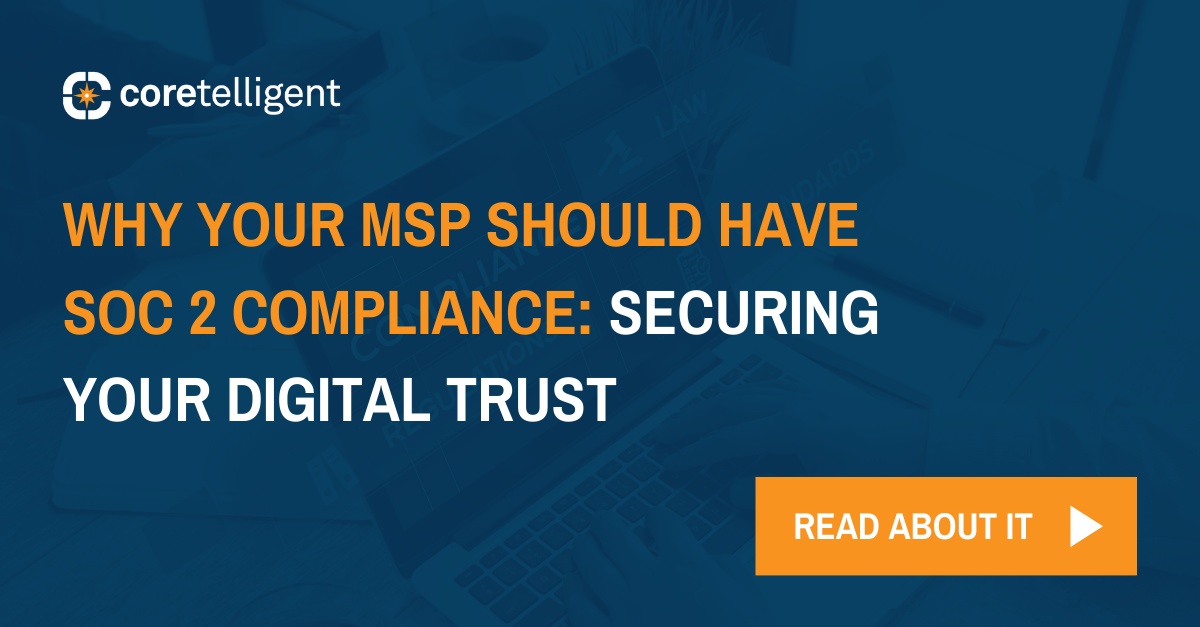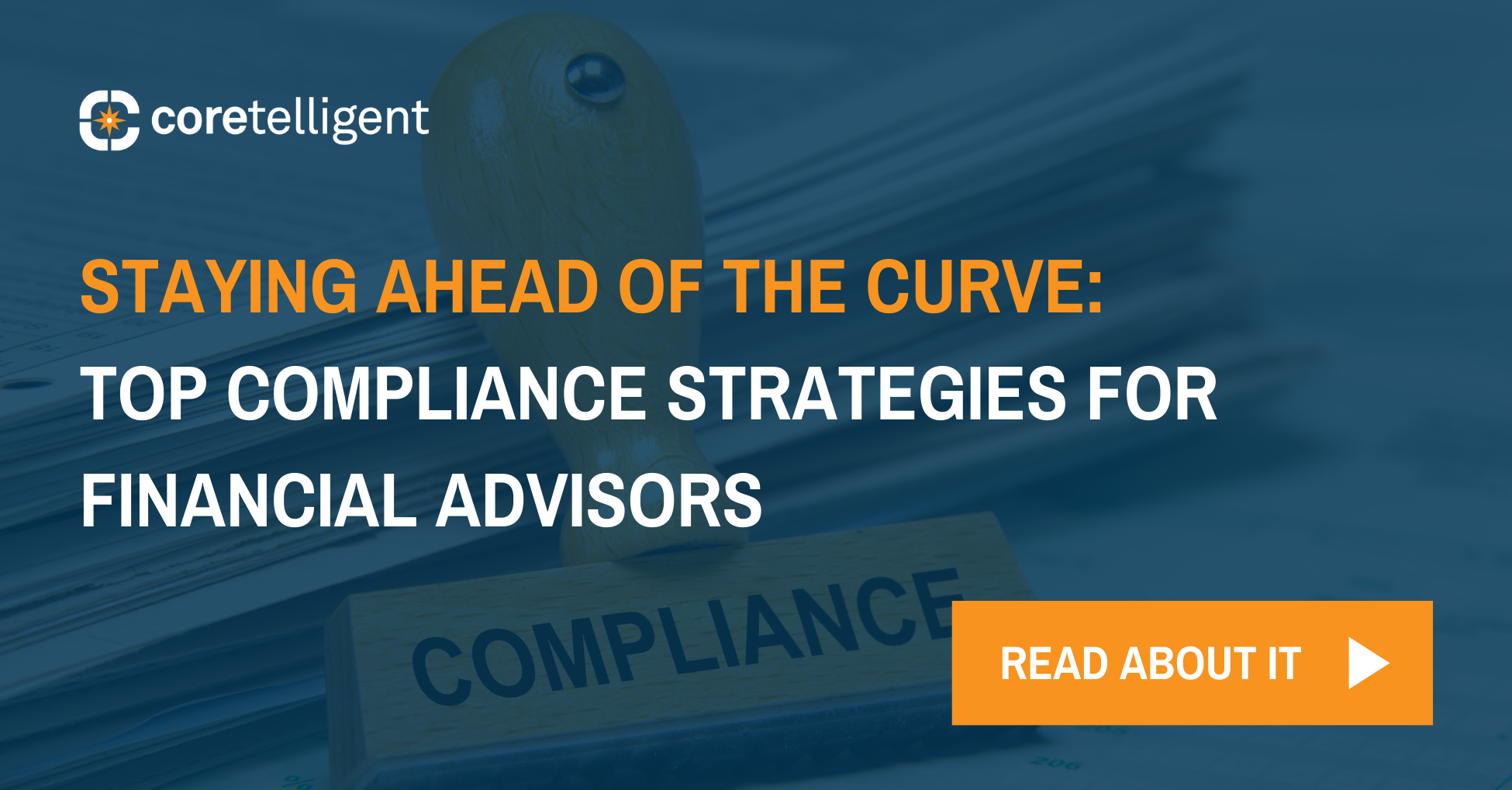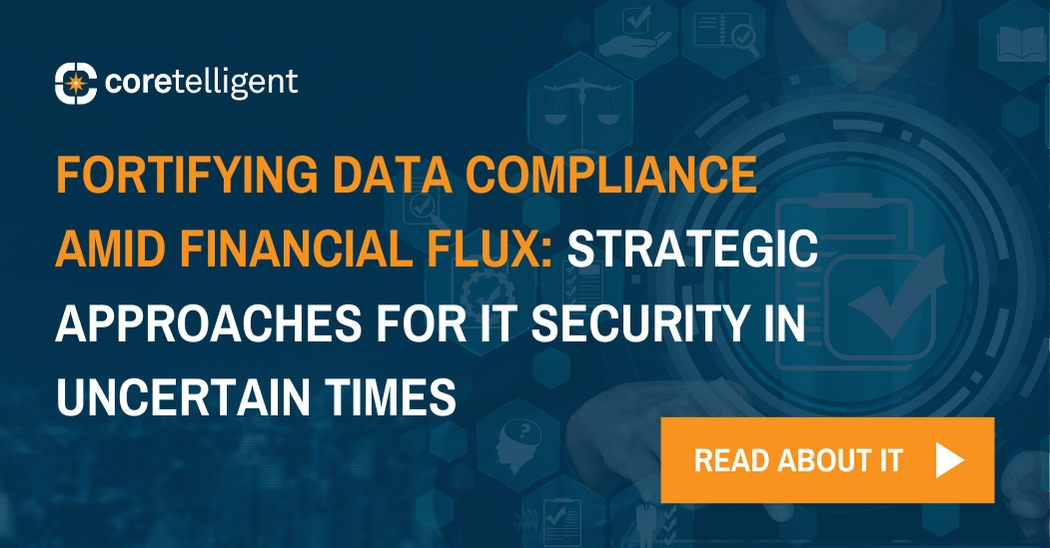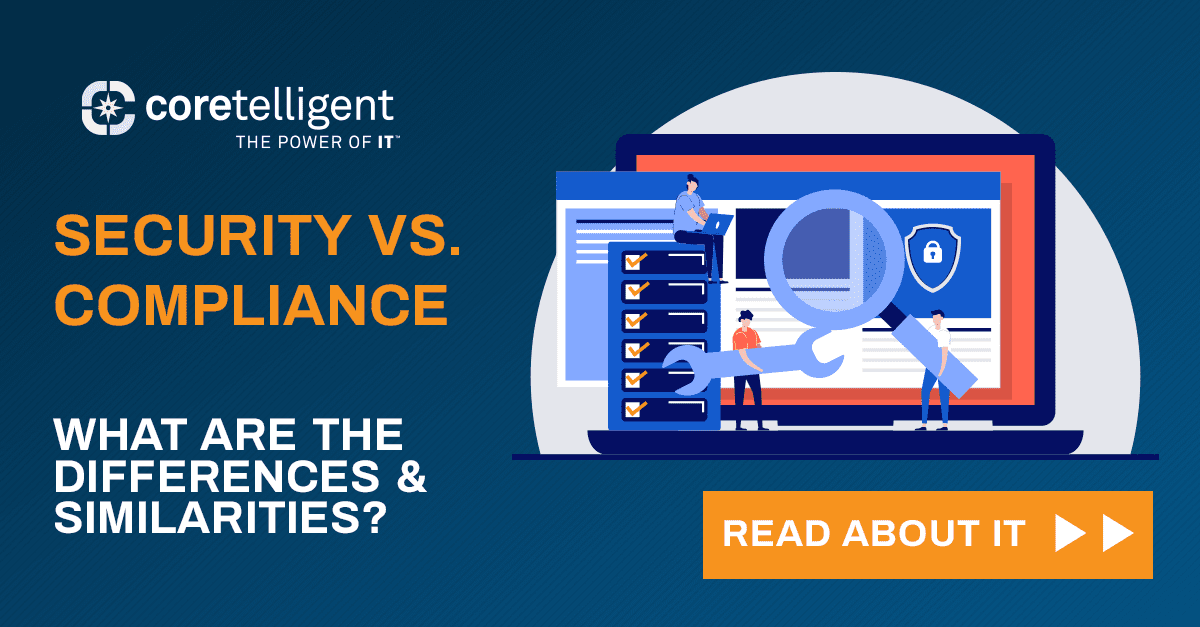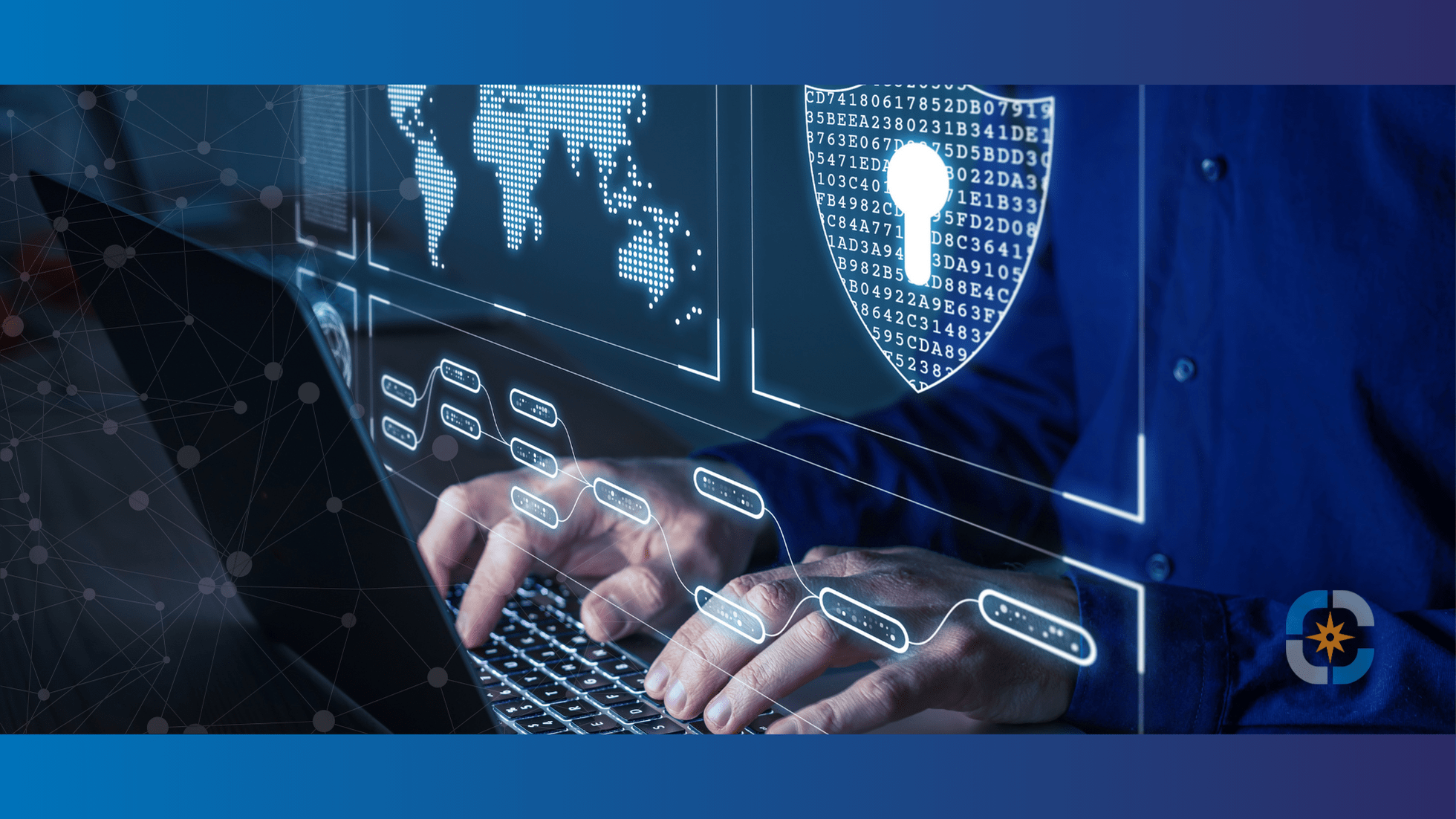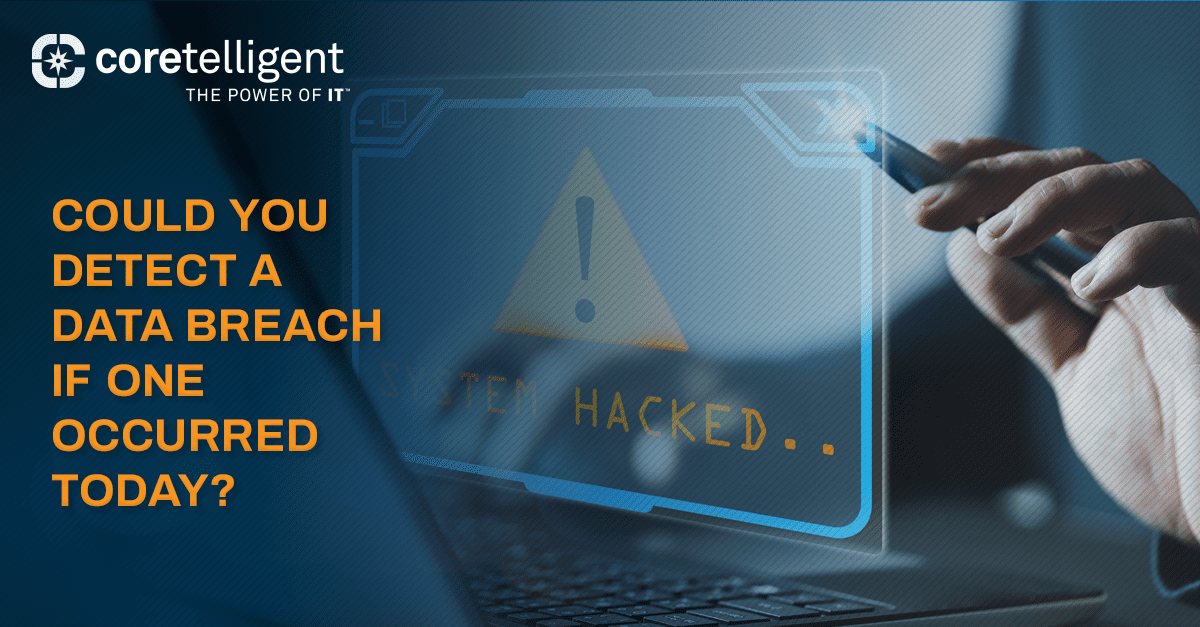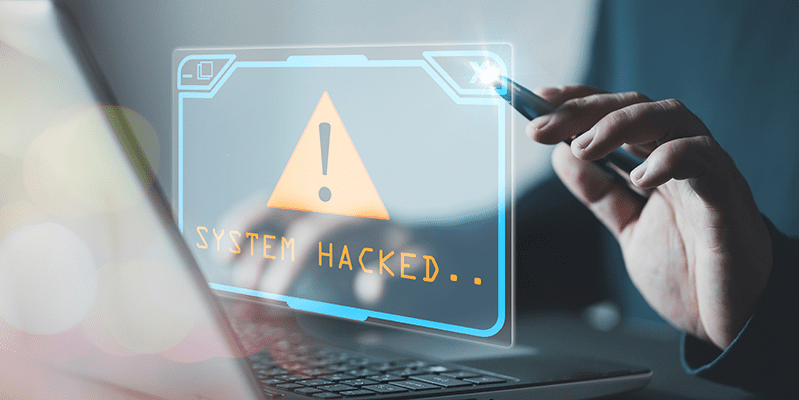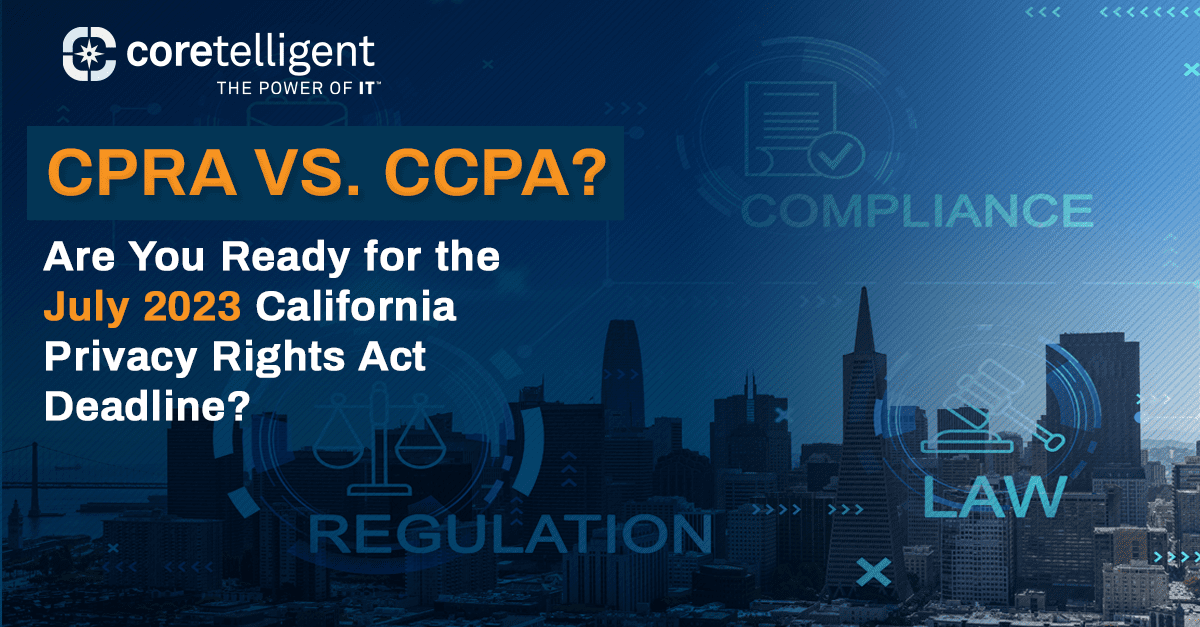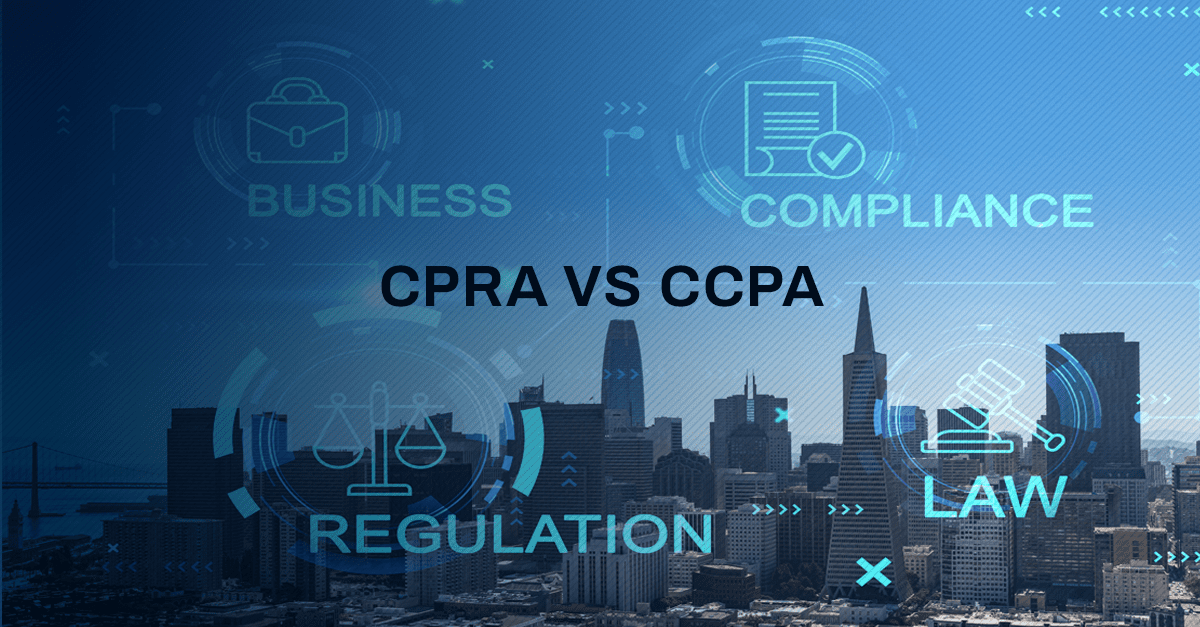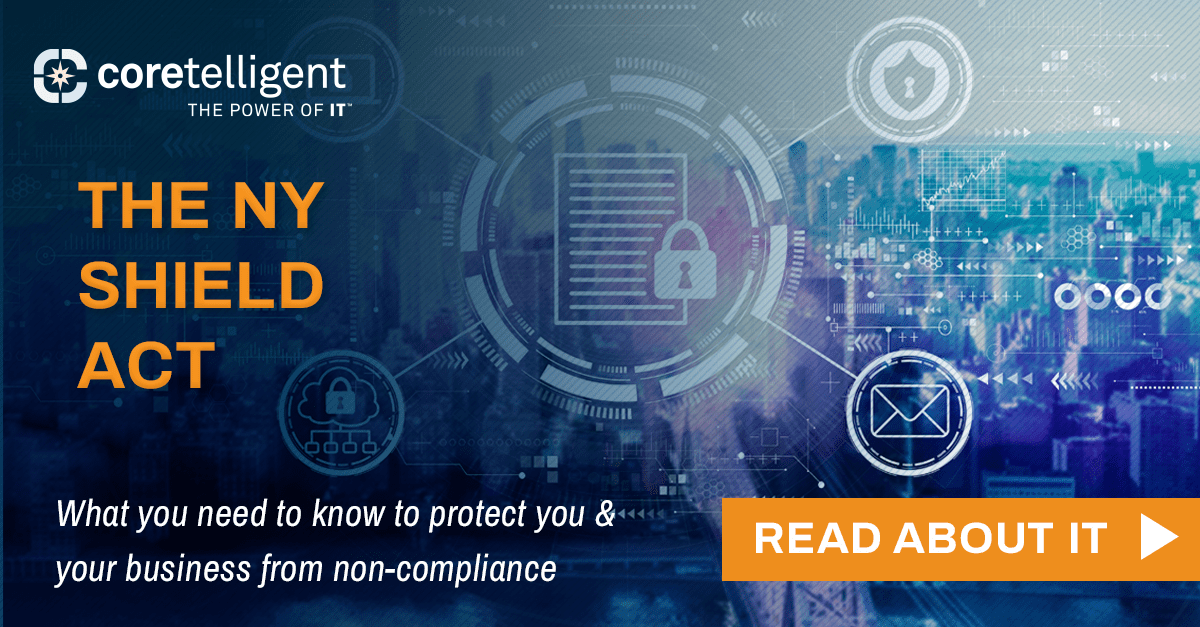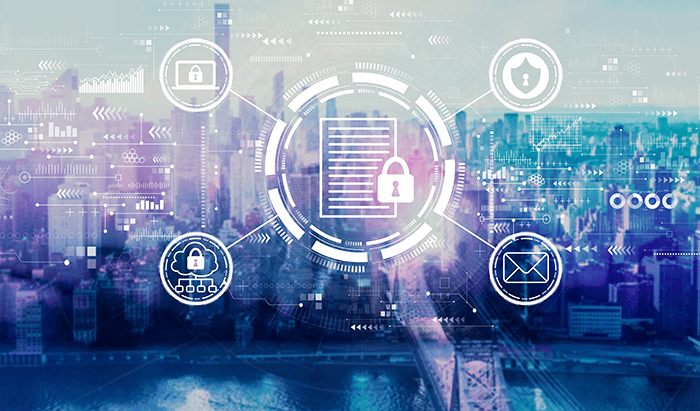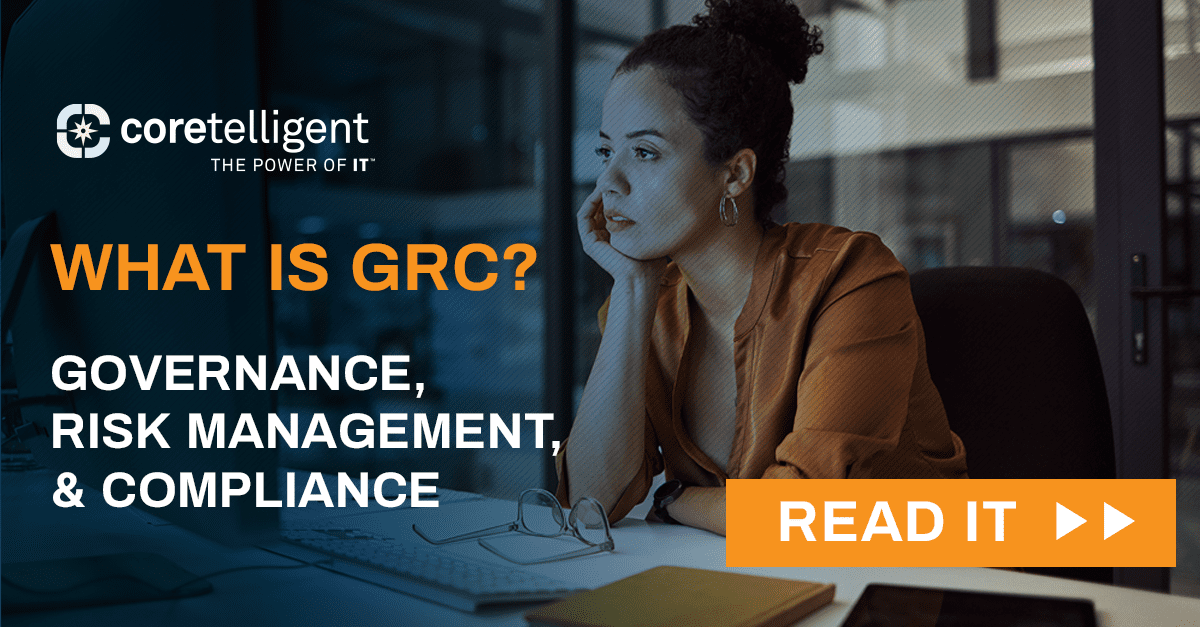In an era where data security is paramount, the choice of a Managed Service Provider (MSP) hinges on their ability to safeguard sensitive information for their clients. This is where SOC 2 compliance, established by the American Institute of Certified Public Accountants (AICPA), becomes critical.
It’s not just a standard; it’s a necessity for MSPs to build trust and demonstrate a commitment to a strong data security posture. In this article, we explore the significance of SOC 2 compliance for MSPs and why it should be a key factor in your decision when choosing a provider.
Understanding SOC 2 and Its Relevance
SOC 2, developed by the American Institute of Certified Public Accountants (AICPA), is a framework for managing data security, specifically aimed at service organizations like MSPs. It focuses on five critical principles: Security, Privacy, Confidentiality, Processing Integrity, and Availability. These principles ensure that an MSP not only protects data from unauthorized access but also manages it responsibly throughout its lifecycle.
The relevance of SOC 2 in the MSP landscape is profound. It serves as a comprehensive measure of how well an MSP secures and handles client data, going beyond basic security protocols. This compliance is crucial in today’s data-driven world where businesses are increasingly vulnerable to cyber threats. By adhering to SOC 2 standards, MSPs demonstrate their commitment to data protection, a vital component in establishing trust with clients. For this reason, more and more businesses are asking that their MSP receive a SOC 2 attestation before engaging with their services – a smart move!
Why SOC 2 Compliance Matters for MSPs
SOC 2 compliance is pivotal for MSPs as it signifies a dynamic approach to data security and management. When MSPs undergo a SOC 2 audit, they validate their systems against stringent security standards, showcasing a deep investment in protecting their client’s data. This not only enhances their reputation but also fosters trust among current and potential clients who are increasingly vigilant about their data security.
In this way, SOC 2 compliance offers a competitive edge in building trust. In a market where clients are more informed and concerned about cybersecurity, being SOC 2 compliant distinguishes an MSP from its competitors, potentially attracting clients who prioritize security. Successfully passing this audit can also open doors to new market segments and clients who specifically seek out SOC 2-compliant providers.
The Business Impact of SOC 2 Compliance
The business impact of SOC 2 compliance for MSPs extends far beyond just meeting a set of standards. It fundamentally enhances the way an MSP is perceived in the market. By achieving SOC 2 compliance, an MSP not only secures its systems but also solidifies its reputation as a trustworthy and secure service provider. This heightened trust can lead to increased client retention, a critical factor in the MSP business model.
Additionally, in the event of a data breach, non-compliant MSPs face significant reputational damage, potential loss of clients, and legal ramifications. Conversely, SOC 2 compliance can serve as a safeguard against these risks, ensuring business continuity and stability. It positions the MSP as a leader in security, potentially attracting more discerning clients who value stringent data protection measures.
SOC 2 compliance is not just about meeting a benchmark; it’s about building a resilient, trustworthy business that can thrive in a landscape where data security is a top priority for clients.
Key Benefits
- Enhanced Data Security: Ensures that MSPs have dynamic systems to protect sensitive data.
- Increased Client Confidence: Demonstrates a commitment to data protection, building trust with clients.
- Market Differentiation: Differentiates the MSP from competitors who may not have SOC 2 compliance.
- Risk Management: Reduces the risk of data breaches and the associated costs.
- Regulatory Compliance: Helps in meeting other regulatory requirements, providing a comprehensive compliance strategy.
- Long-term Business Growth: Attracts clients who value security, contributing to sustainable business growth.
Achieving and Leveraging SOC 2 Compliance
A SOC 2 audit is designed to assess the risks associated with third-party interactions. It does this by examining the internal controls, policies, and procedures of an organization, ensuring they align with the Trust Services Criteria set by the AICPA. Essentially, a SOC 2 audit report zeroes in on how a service organization manages its internal controls in five key areas: security, availability, processing integrity, confidentiality, and privacy of its system.
Achieving SOC 2 compliance involves a rigorous audit conducted by a certified public accountant (CPA). MSPs can opt for either a Type 1 or Type 2 audit, with Type 1 evaluating the organization’s compliance at a specific point in time and Type 2 assessing compliance over a longer period. This process not only tests the MSP’s security controls but also demonstrates their commitment to maintaining high standards of data security.
Once compliant, MSPs can leverage this status as a powerful marketing tool, showcasing their commitment to security and differentiating themselves from competitors. SOC 2 compliance becomes a badge of trust and reliability, opening up new market opportunities and attracting clients who prioritize data security. This strategic use of SOC 2 compliance in branding and marketing can significantly enhance an MSP’s market position.
Takeaways
SOC 2 compliance is not just a regulatory framework but a cornerstone of trust in the MSP industry. It underscores an MSP’s dedication to security, boosts their reputation, and provides a competitive edge. For businesses seeking an MSP, choosing one with SOC 2 compliance ensures a partnership grounded in stringent data protection and reliability.
If you’re looking for an MSP that embodies these values, consider Coretelligent’s CoreComply service. CoreComply exemplifies the commitment to security and compliance that is essential in today’s digital landscape. Reach out to Coretelligent today to learn how CoreComply can elevate your organization’s data security and compliance.

